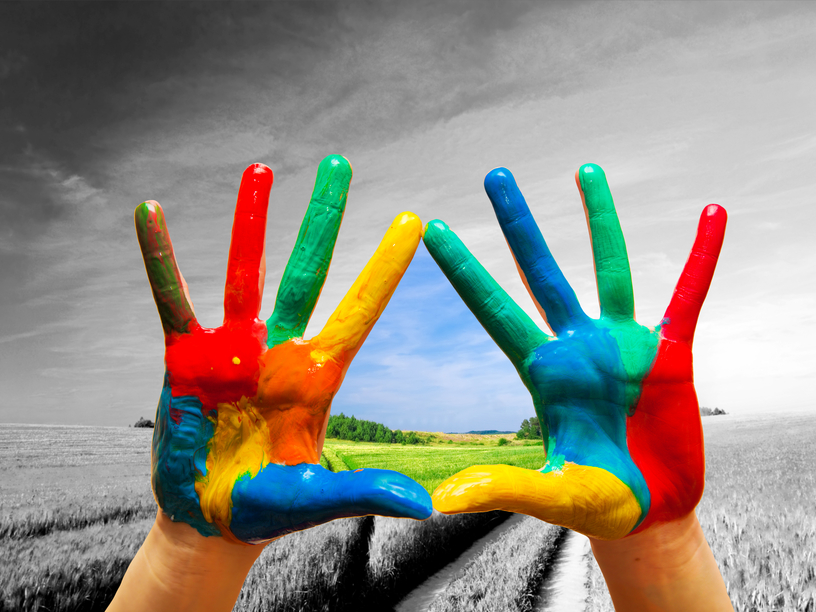
“Every child is an artist; the problem is staying an artist when you grow up.” – Pablo Picasso
As an adult, it becomes harder to live a creative life. We have demanding work schedules, kids, pets and personal relationships to nurture. We often feel we need to prioritize the last work email over our sketchbook, our writing pad or the potter’s wheel. We wait for that perfect block of time with no interruptions to sit and refocus our creative energy, leaving our sketchbook or dancing shoes to collect dust.
We often define creativity by tangibility – the creation of things we can touch, see or hear: playing music, painting a canvas we can hang on the wall or writing a poem we can share. However, creativity really appears in basic aspects of our lives — the conversations we have with each other, how we play with our kids and how we perceive the world around us. Creativity is a mindset that integrates with mindfulness and curiosity.
It becomes easy to overlook what we can do in the tiny uninterrupted moments of our day that can foster creativity. These moments are what help keep our creative spark alive, which can help with all our other priorities in life.
Here are some tips on how to live a more creative life:
- Take a moment to be mindful. Are you at the bus stop or in your car on the way to work? Look around and be open to the possibilities of something beautiful around you. Maybe it’s a colorful butterfly on the bench next you, or the way a passing stranger smiled at you. Appreciate these moments and carry them with you through your day. Life can be rough, and savoring and remembering these moments of beauty can help you feel appreciative even when things are painful. The combination of being mindful and appreciative can create a mindset for creativity to readily flow.
- Find like-minded people. Join a local art class or get together with a friend for an hour of creation. Join a book club or online community group. Sometimes all you need to get started on a project is to be part of a collective energy. That energy can also help you have more creative conversations. Being engaged in creative work, no matter at what level of expertise, and having creative interactions with people can encourage creative problem-solving and curiosity. That can stimulate you to bring new ideas to work or treatment collaboration meetings.
- Make time to observe art. Go to your local art museums, watch an art film, go to a concert or a poetry slam. Being in a space where you absorb creativity can help foster your own, as experiencing art of any kind helps you create an artistic vision for yourself. You’ll become better able to discern or develop your own aesthetic values. For example, do you enjoy abstract art or realism?
- Explore your local art supply store. Browsing your local supply store will give you lots of ideas to kick-start an art project. Many of these stores carry a range of artistic supplies, such as journals and crafting supplies. Feeling stuck and want some technical training? Check out the free workshops at Michael’s.
- Just start. As you begin the creative process, the very first mark or word s often the hardest. You are taking a risk. You may or may not like your first mark. BUT if you don’t make that mark you’ll never know where it will lead. And this is the biggest life lesson: Without risk and challenge, no growth occurs. Living in fear of failure will trap your spirit and creativity. Learn to be a calculated risk-taker!
All these tips have helped me live a fuller and more creative life. And, of most importance, they have helped me form a positive relationship with myself. When I’m in a creative flow, my self-esteem is boosted, I am more productive and helpful to friends, family and colleagues, and that lifts my confidence. It also helps my mood tremendously. If I’m struggling, I make sure to take a moment to look around me and find something small that I can appreciate. This doesn’t completely cure my low mood, but it certainly helps.
Creativity can improve your quality of life. I encourage you to think of your life as the canvas and let go of the societal norm that art should be tangible. It’s important to remember that no matter where we are in life, we are a work in progress. Life is a work in progress. Our creative lives are a work in progress. Now, go be a creator!
